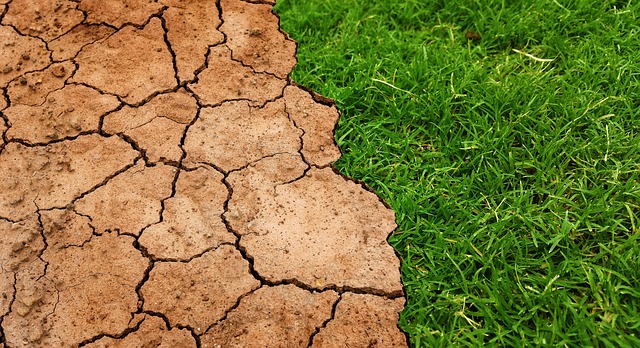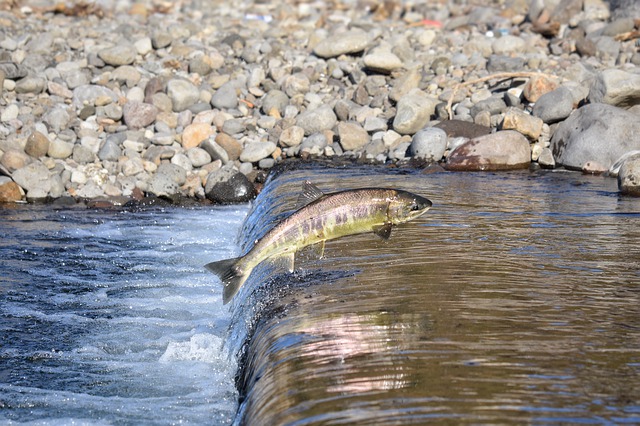Introduction
To reduce air pollution, control of emitted air pollutants into the natural environment is a must. Almost every step in the industrial process produces some kind of air pollutants. Air pollution control equipment includes devices or systems that reduce/eliminate the releases of air contaminants being generated during industrial processes.
To know more about air pollution, read: Air Pollution– Sources, Effects, and Control
There are two sources of air pollutants that are listed below:
Mobile Source: It includes moving subjects such as automobiles, trains, airplanes, etc.
Stationary Source: It includes non-mobile sources such as industries, factories, power plants, etc.
Groups of Air Pollutants
Air pollutants are classified into three groups.
Greenhouse Gases: It includes chlorofluorocarbons, methane, carbon dioxide, etc.
Air Toxics: It includes a variety of chemicals, heavy metals, volatile organic compounds, fuels, solvents, etc.
Criteria Air Pollutants: It includes six pollutants that are found commonly. Examples are lead, sulfur oxide, nitrogen oxide, carbon monoxide, particulate matter, and ozone.
You might also wish to read: What is Indoor Air Pollution? – Sources, Effects and Control
Air Pollution Control Processes
There are three processes that are used in air pollution control equipment or devices.
Collection: It works on collecting air pollutants from polluted air.
Conversion: It works on converting air pollutants into less damaging substances.
Incineration: It works on the destruction of air pollutants.
Also read: Controlling Air Pollution Crucial for Mitigating World’s Environmental Crises
Equipment, Devices or Instruments Used To Control Air Pollution in Industries
Air pollution control equipment is based on using a single system or series of systems to reduce the variety of air pollutants being released into the environment from stationary or mobile sources. In industries, the air pollutants are removed by a variety of equipment mentioned below.
The below table is representing a brief detail of equipment.
| Serial No. | Air Pollution Control Equipment | Industries | Types of Air Pollutants | Examples of Air pollutants | Limitation |
| 1. | Biofilters | Agriculture, Pharmaceuticals, Food Processing, Wastewater Treatment, Refineries, | Gases | VOCs, Water Soluble/ Odorous Compounds, Organic Hazardous Air Pollutants, | It works on water-soluble pollutants only.
|
| 2. | Catalytic Reactors | Oil Refineries, Landfills, Automobiles, | Gases | VOCs, NOx | It doesn’t work on gas streams containing particulate matter. |
| 3. | Electrostatic Precipitators
|
Power Generating Facilities | Particulate Matter | Dust, Fumes, Smoke, | It is suitable for moderate resistivity particles. |
| 4. | Scrubbers
|
Oil Refineries, Combustion Process, Fertilizer Plants, Powder Coating, | Particulate Matter,
Gases |
Dust, VOCs, Fumes, Heavy Metals, Acid gases, hydrocarbons, | It works on cooled and diluted streams. |
| 5. | Air Filters
|
Fertilizer Plants, Nuclear Power Plants, Mining, Bulk Processing, Metallurgical Plants, Electronics Manufacturing | Particulate Matter | Fumes, Dust, Bio-pollutants, Fine Powder | Chemicals and high temperatures affect the working efficiency of air filters. |
| 6. | Cyclones
|
Food and Chemical Processing, Woodworking Shops, Construction Material Manufacturing, | Particulate Matter | Ash, Dust, Pieces of material | Smaller size particles hinder the working efficiency of cyclones. |
| 7. | Mist Collectors
|
Paper and Pulp Mills, Metallurgy Process, Desalination Plants, | Gases | Acid Gas, Vapor, Smoke, Mist, | It doesn’t work on streams with bigger size particular matter. |
| 8. | Incinerators
|
Rubber, Plastic, and Chemical Manufacturing, Landfills, | Gases and Particulate Matter | Soot, VOCs, Solid Waste, Hydrocarbons, Fumes, | It is not suitable for sulfur to contain compounds or halogens. |
You might also wish to read: What is Indoor Air Pollution? – Sources, Effects and Control
Conclusion
Since the industrial revolution, the average temperature of the Earth has been increased. Air pollution is increasing day by day due to mobile and stationary sources. Air pollution is negatively impacting the ecosystem resulting in human diseases, biodiversity loss, etc. and preventive measures should be taken to reduce air pollution.
Also, check out Fossil Fuels are Killing Us – According to Latest Harvard Study
I hope you all liked this post! Please comment below if you have any suggestions, comments, or feedback! We at #envpk love hearing from our readers! Thanks!




